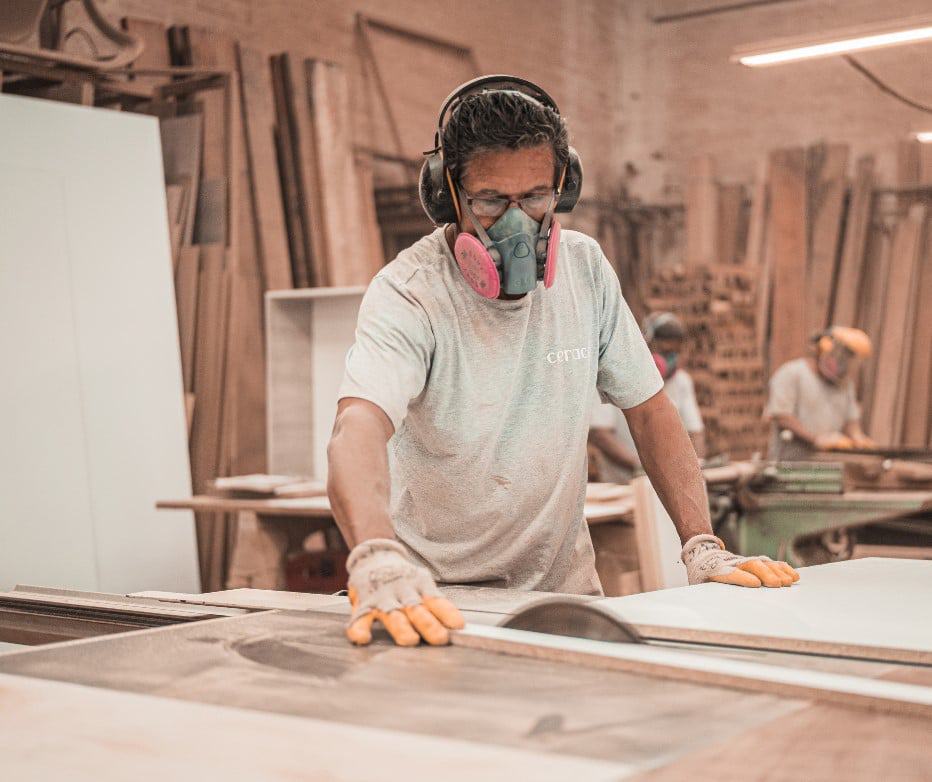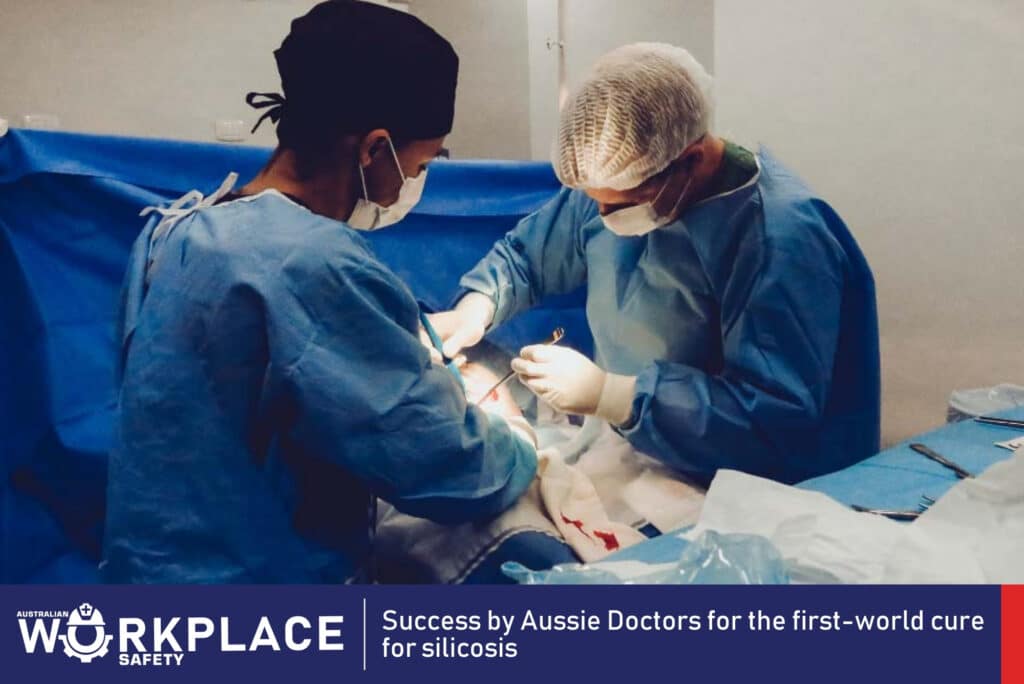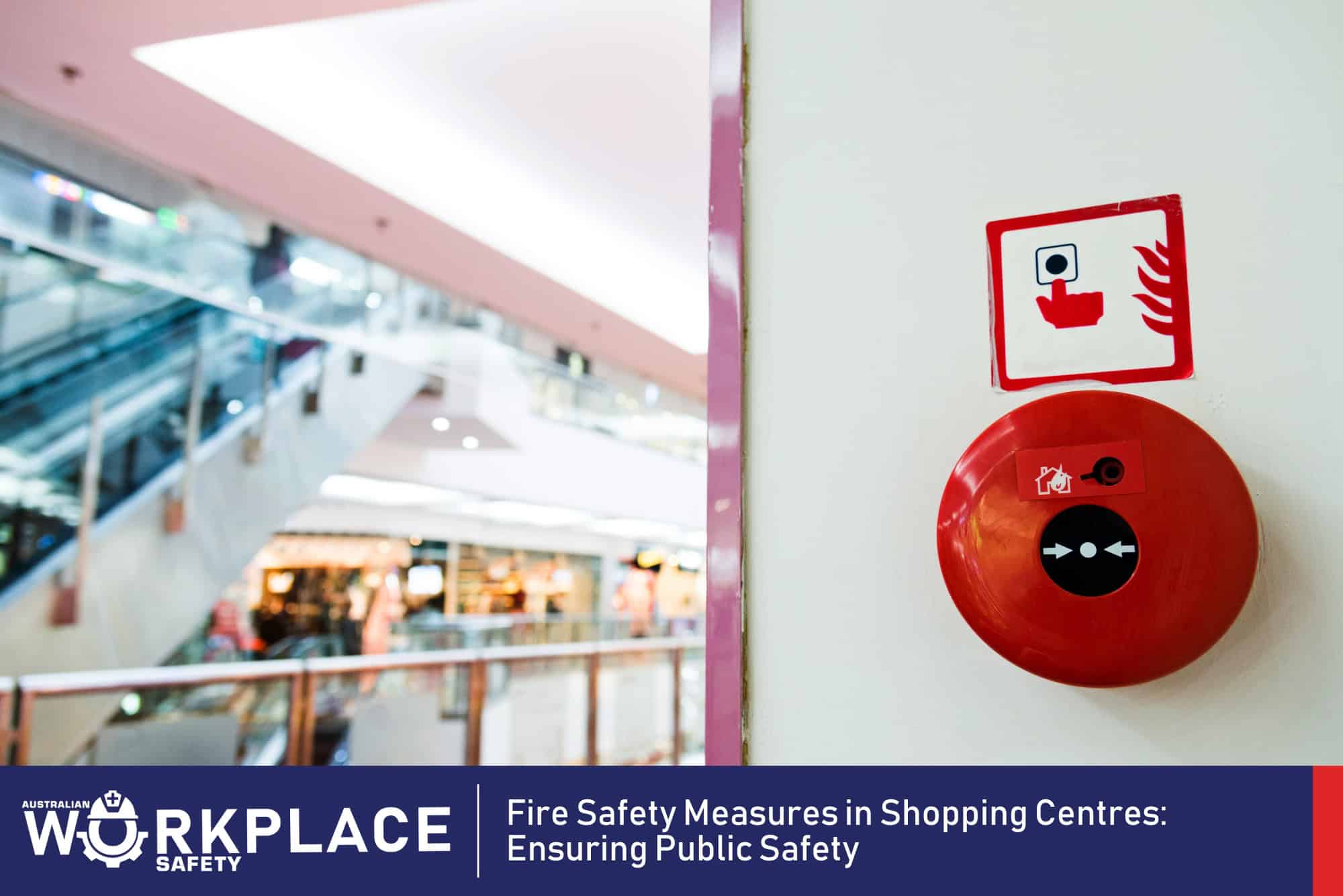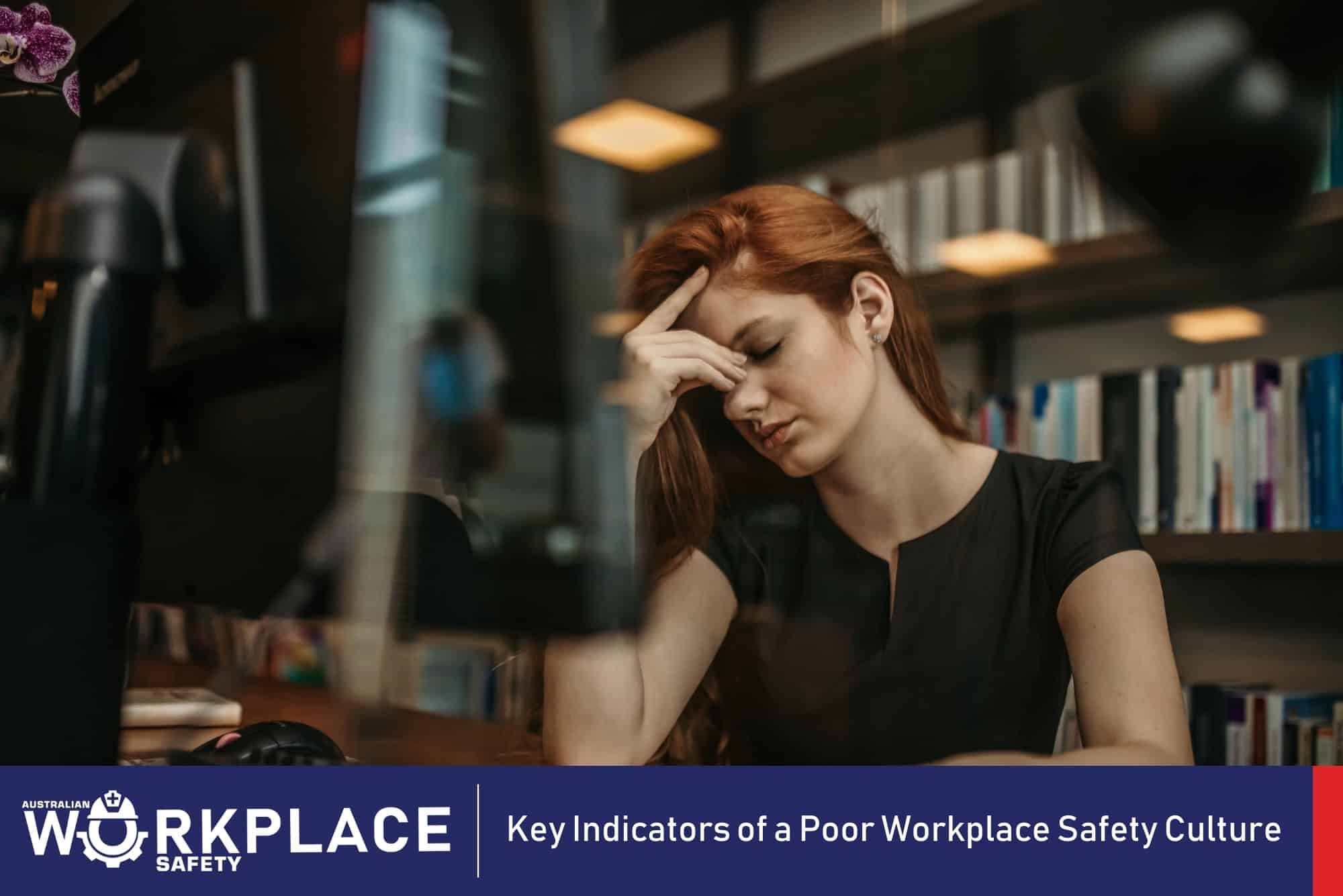Silicosis identified as an occupational disease in the 1940s, re-emerged 60 years later?
In 2018 there was a sudden spike in cases of silicosis, Australian workers in the trades affected by this disease had called for a country-wide ban on the dry cutting techniques of newer engineered stone products, which contain high levels of crystalline silica, also found in bricks, roof tiles and concrete products.
The deadly dust which was released during the cutting process was crystalline silica dust and when inhaled into the lungs caused disease, which was an aggressive form of pneumoconiosis, that could be fatal. Whilst there was other dangerous dust such as asbestos; the latent period for silicosis symptoms show up earlier, effecting people in their 20s and 30s.
Safe Work NSW stated that the disease was 100% preventable if the correct safety procedures were followed and personal protective equipment was worn when cutting the stone. The safety requirements also involve regular monitoring to ensure that legal exposure limits were maintained and workers receive periodic health screening of their lungs.
Work processes that generate the deadly dust
‘Silica dust is generated in workplace mechanical processes such as crushing, cutting, drilling, grinding, sawing or polishing of natural stone or man-made products that contain silica. Some dust particles can be so small that they are not visible; these are commonly referred to as respirable particles.
Respirable silica dust particles are small enough to penetrate deep into the lungs and can cause irreversible lung damage. The non-crystalline or amorphous forms of silica do not cause this kind of lung damage.

Diseases that silica dust can cause?
When a worker is exposed to and breathes in silica dust, they could develop the following illnesses or diseases; such as; chronic bronchitis, emphysema or acute silicosis. Acute conditions can develop after a short exposure to very high levels of silica dust, within a few weeks or years, and causes severe inflammation and an outpouring of protein into the lung.
A cure for the deadly disease has been found …
Early in November 2020, the ABC reported that Australian doctors had found a cure for this deadly dust disease (silicosis) called the ‘new asbestos’ which is threatening the lives of thousands of trades man. Silicosis has left construction workers grappling with daily tasks and relying on oxygen tanks to survive. Stonemasons exposed to unsafe levels of silica dust from cutting engineered stone for benchtops are contracting the disease at an alarming rate as, it is estimated that the engineered stone contains up to 90% of crystalline silica compare to a natural stone like marble, which has about 5%.
Six silicosis sufferers have been undergoing trials at the Prince Charles Hospital in Brisbane since March 2020. Four of the volunteers are now reported to be effectively cured following a ‘lung washout,’ where their lungs were flushed by 25 litres of water over a three to four-hour period. The other two men, who have more severe silicosis, are now on track to live longer.
‘In four of the patients, who had early silicosis, they saw a 16-fold reduction in dust in the lungs after the lavage and dramatic changes in the CAT scans, stating that they were pretty much returned to normal,’ Prof Chambers told the Courier Mail. Professor Dan Chambers and Dr Simon Apte, a Research Fellow of the TPCH Foundation said, 85 per cent of the workers they tested had a mild form of silicosis.
The disease was widespread in 2018 …
Prof Chambers said, he first saw how widespread the disease had become back in 2018 when he met dozens of young Queensland men suffering from silicosis. Around the same time, Dr Apte was making strides in developing a world-first test to measure the amount of silica in a patient’s lungs. Prof Chambers then realised he could repurpose this procedure to remove silica dust particles from lungs before irreparable damage was done.
‘The work in the laboratory had been critical, with the eureka moment when the crystal inside these cells in the air spaces, yet to lodge in the lung tissues were identified, that’s when, Prof Chambers said they knew it would work, and was confident they had found a potential cure for people with mild, early stage silicosis. He added that more work was needed to treat those who already had scarring on their lungs.

A stonemason stated he was suing his former employer …
Earlier this year, a stonemason announced he was suing his former employer in the ACT Supreme Court after contracting silicosis from breathing in toxic dust while building the new Parliament House in the 1980s. Frank Scott worked as an apprentice for R.M. Watson, cutting and grinding marble and granite slabs in Canberra between 1986 and 1988. At 50-years he suffers a lifetime of breathing problems, needs a double lung transplant and relies on an oxygen tank 16 hours a day. Mr Scott claims he was only provided with a paper mask that didn’t protect his lungs.
‘We just assumed that was the best protection we could get so we just used those,’ Mr Scott told Nine News in January. ‘We did blow [the dust off] ourselves at the end of the day, but it’s still in your hair, on your clothes, on your skin. Sometimes you look like Casper the Ghost. ‘I thought I would take a couple of Panadols or something and be back to work, not a lifelong sentence. ‘I was thinking that it wasn’t going to happen to me, and it has, so all these young people think it’s not going to happen to them. It can and it will.’
Mr Scott was even forced to move from Canberra to Broome in Western Australia because the cold weather in winter made his illness unbearable.
The procedure has attracted a long waiting list for treatment …
The trial treatment has a long waitlist of individuals that are eager to undergo the life-changing procedure, but the hospital only has capacity for a maximum of 26 silicosis patients per year. The research has been funded by a $500,000 grant from the Common Good movement, an initiative of the Prince Charles Hospital.
The procedure is being hailed as a potential breakthrough in treatment involves washing the lungs out with salt water — a technique that has proven successful in treating other lung diseases.
Professor Chambers said washing the crystals out of the patient’s lungs does not hurt the patients.
“All of the workers have gone home the next day, so we just kept them in hospital overnight. “We’re very confident this would be a safe thing to do.”
Silica is abundant and used in many products …
Silica is one of the most abundant minerals found in the earth’s crust and is used in many products across a variety of industries and workplaces. Crystalline silica is most dangerous to health when dust is generated, becomes airborne and is then inhaled by a worker.
“Prevention saves lives and suffering. Implement Safe Operational Procedure and correct PPE”
Do watch this short 4 minute video that explains how
“The Benefits of Safety Training and Education … “






